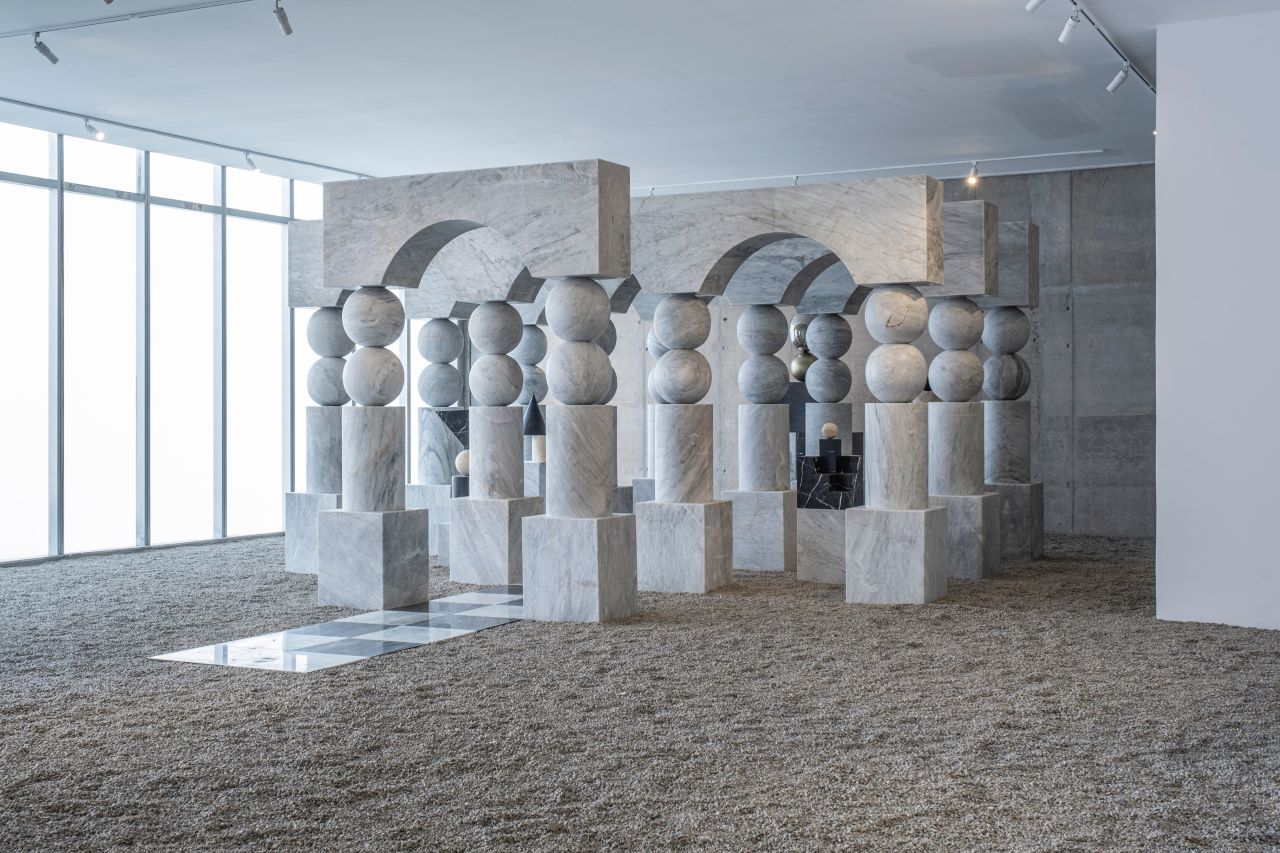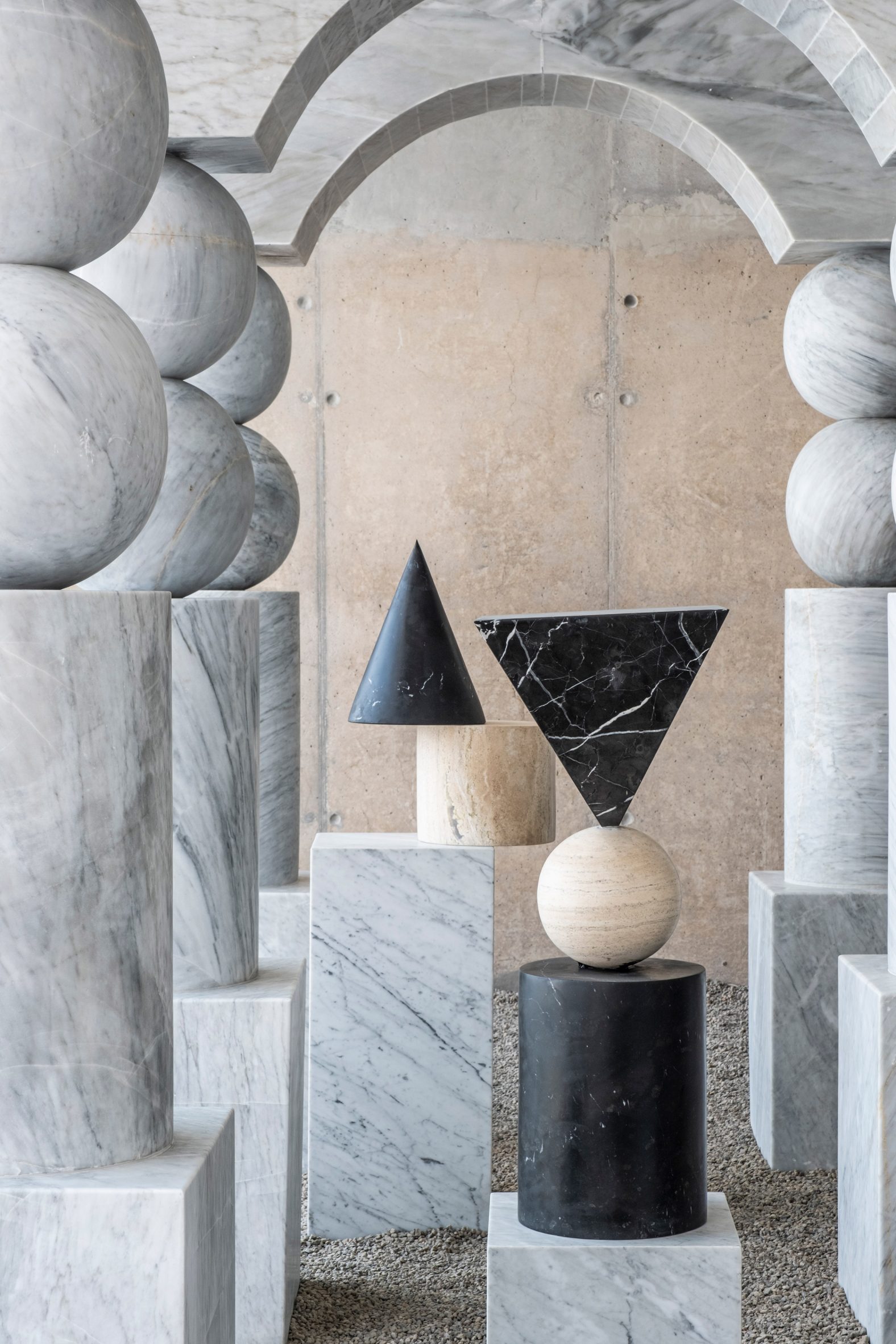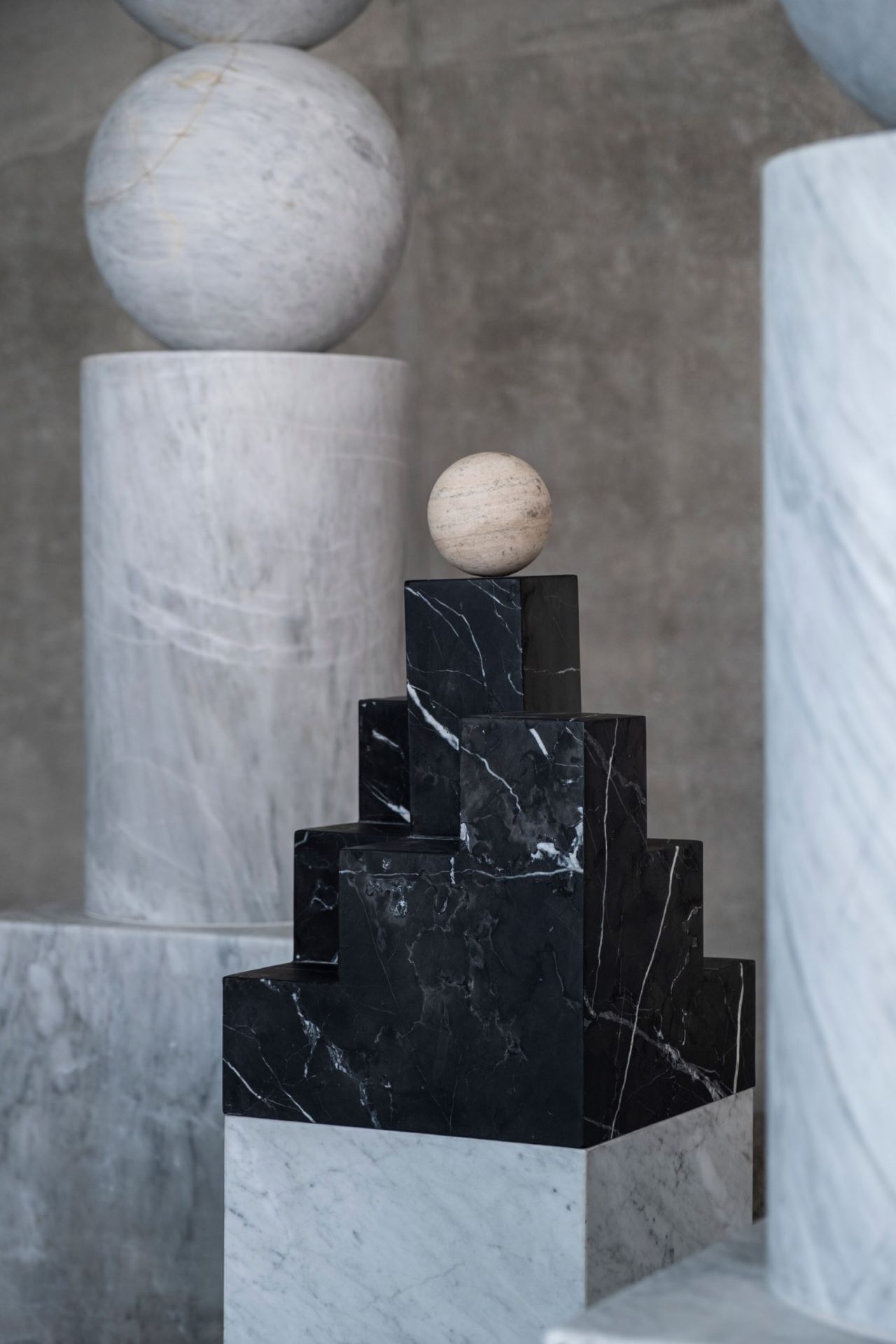Talking about a design-intensive city, returning again to South America, we cannot fail to mention Mexico City, an extremely dynamic city in terms of architecture. Famous for its cultural richness, Mexico City has always been an important destination for history and anthropology enthusiasts. In recent years, however, the Central American metropolis has further evolved into a hub for contemporary art and design. With a series of cultural initiatives, new museums and top-class galleries, the city is now a magnet for the Mexican and international design community.

In order to channel this artistic energy, architect partners Design Week Mexico was founded in 2009 by Emilio Cabrero, Andrea Cesarman, Marco Coello and Jaime Hernández. started Design Week Mexico (DWM) in 2009, an annual event that aims to promote contemporary design by bringing together professionals, students, collectors and the public over a wide period of time – unlike other design weeks, the one in Mexico City covers a three-month period, full of exhibitions, workshops and conferences.

The organisation’s efforts were recognised in 2018 when the World Design Organisation awarded Mexico City the title of ‘World Design Capital’. Through 14 editions, DWM has developed into a magnet for other major international gallery opening.


This is the case of the Argentinian artist Pilar Zeta and Mexican sculptor Andrés Monnier who have designed an installation called Doors of Perception for Antipodes at Galerie Philia Mexico. It is a monumental set of columns and arches set back above a platform designed with a chequered pattern. The entire installation is placed on a gravel surface that has been specially brought into the exhibition space. Under the arches are a number of pedestals, which support geometric shapes stacked on top of each other, mostly made of metal, with some stainless steel elements interspersed.

As is also the case MASA Gallery has opened its permanent gallery in a heritage building in the Mexican capital, where installations as well as a repository of work from past shows will take place.







